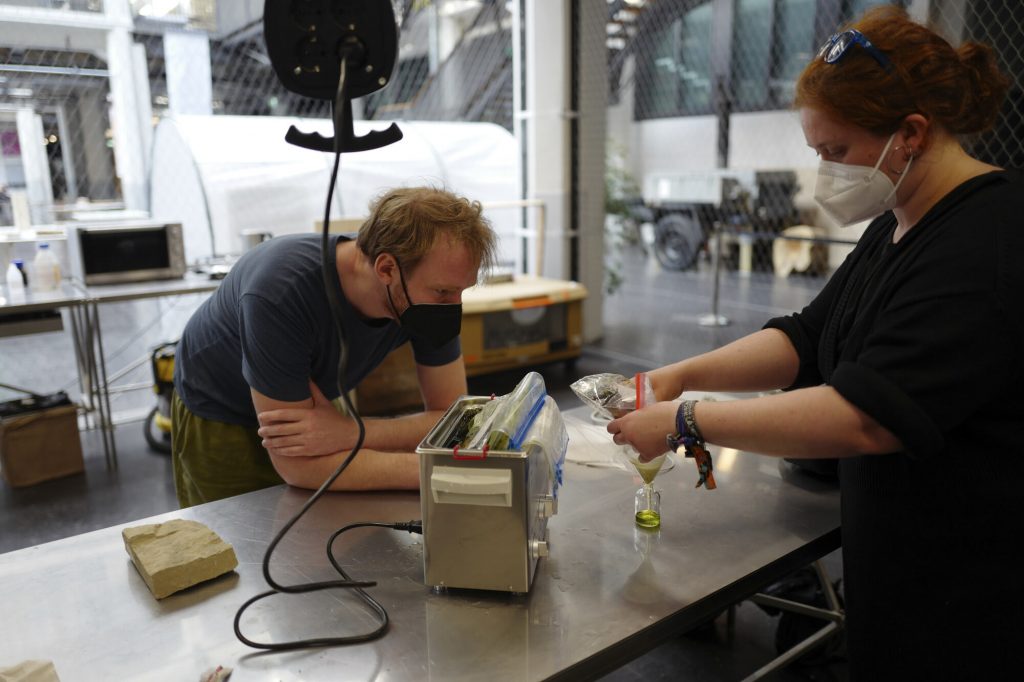The Body and the City
The focus of the project is the exploration of personal space in cities. How much personal space is available to the inhabitants of the city? Where can people go and where do they go? What is personal space and how do people negotiate personal space in crowded places where there is not enough space?
The STARTS AIR project is about making the invisible visible – in cities – and the concept of personal space is something that is invisible but very much felt. If someone gets a little too close to you, you immediately feel a very visceral need for space. So how do we make it visible?
We start with the related concept of the kinesphere. A kinesphere is the space around your body that shows how far you can reach, how far you can move in all directions from that particular point. A kinesphere is not 100% overlapping with personal space, but it is similar – something is different about your relationship to the space that you can directly touch.
From the concept of kinespheres, we go further – what happens when one kinesphere is violated, infringed upon by another kinesphere. We’ve created a Kinesphere Infringement Index (ki/s) that shows how many times your kinesphere is infringed by another person in a second. This index can be used to describe an otherwise unnoticed quality of a space. For someone with a traumatic experience or an anxiety disorder, even the most benign violation of personal space can trigger an internal defense mechanism, and even if the full fight/flight/freeze response is not given, the experience of a thousand paper cuts to your personal space can be very stressful. So the experience of going into town for ice cream can be quite an adventure, depending on the route the person takes.

The scientific research with Sony CSL – Rome will allow us to estimate and map the ki/s index in a city. The map is based on the open-source OpenStreetMap foundation and uses a large historical GPS position database to generate the index. With this visualization tool, you can look at the map and decide for yourself which route to take: do you want to be surrounded by more or fewer people?
In parallel, and as a background to the project, a series of interviews will be conducted. After all, the phenomenon of personal space falls within the purview of (and is of interest to) practitioners of many different disciplines. Interviews with architects, psychologists, art theorists, performers and urban planners will provide insight into the different views on the phenomenon of personal space and explore how the different disciplines can use the ki/s index in practice.
